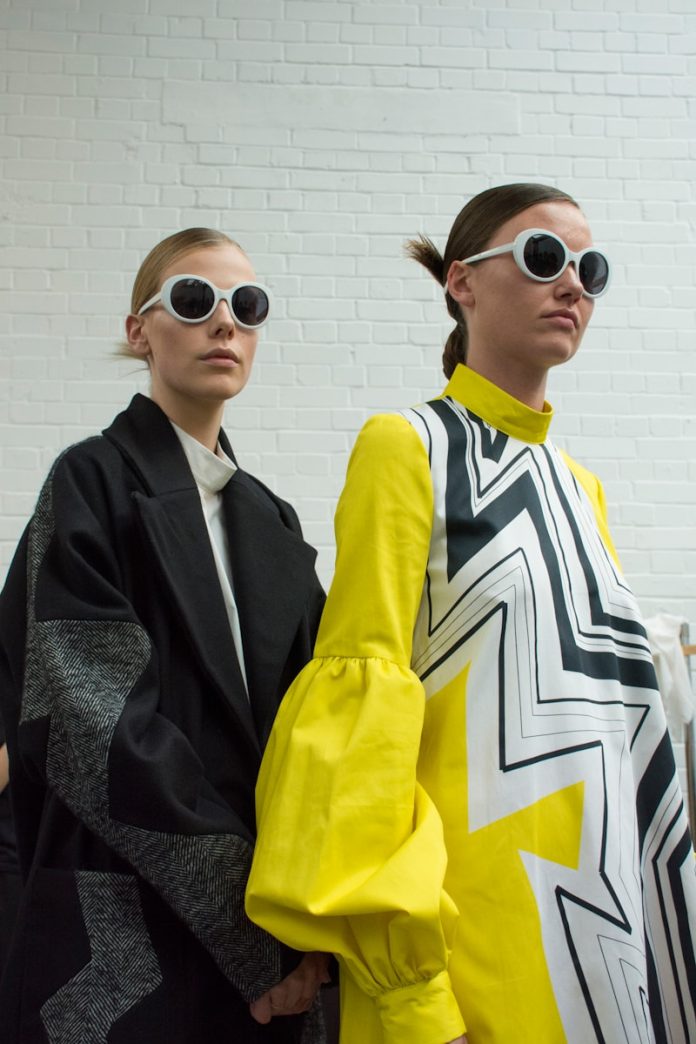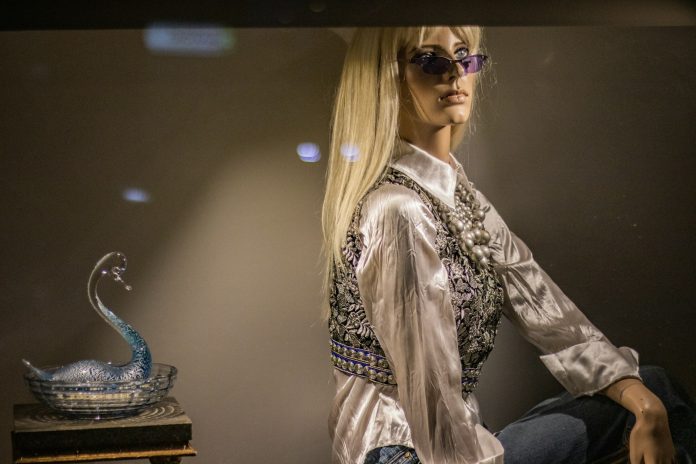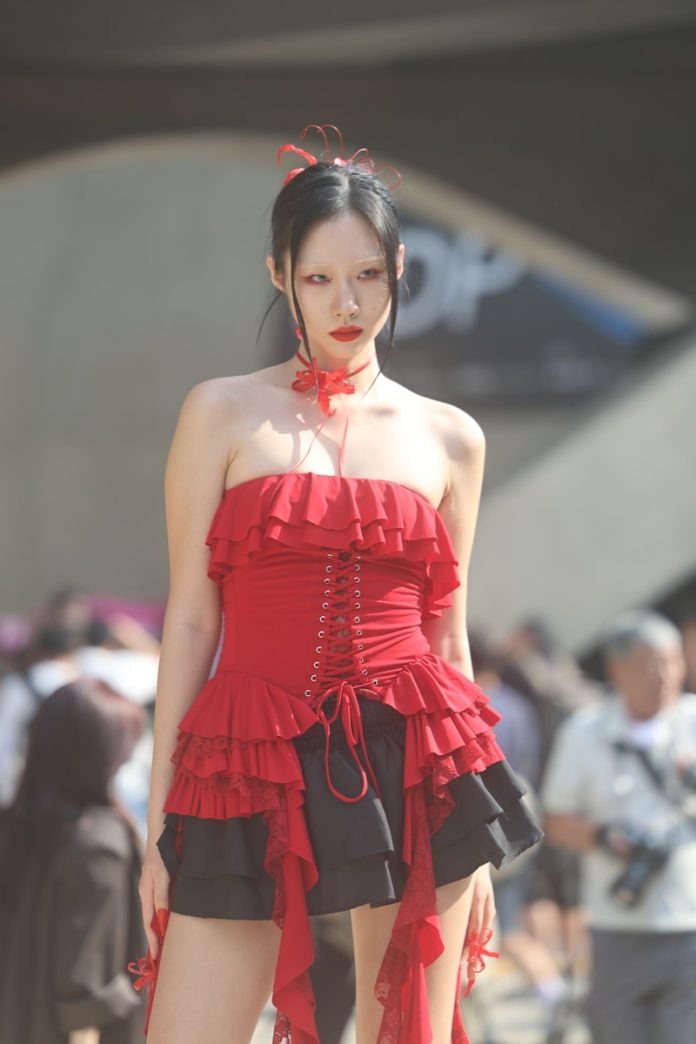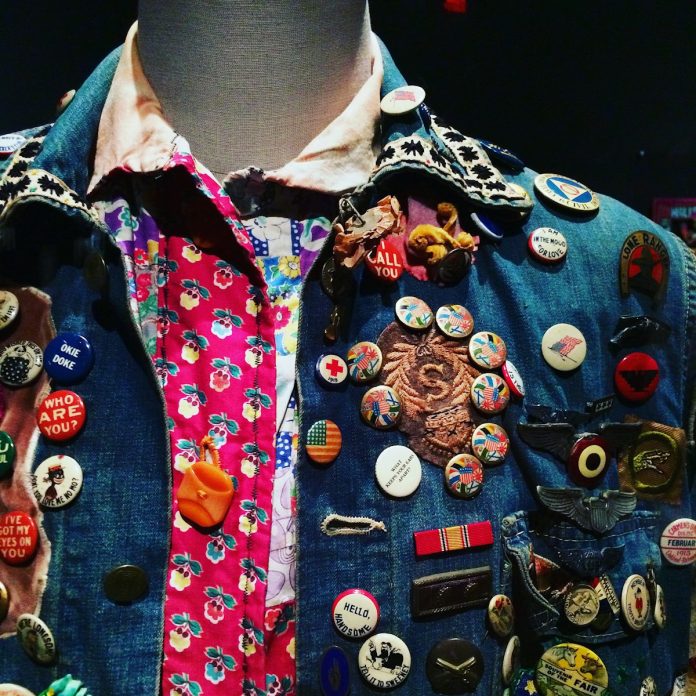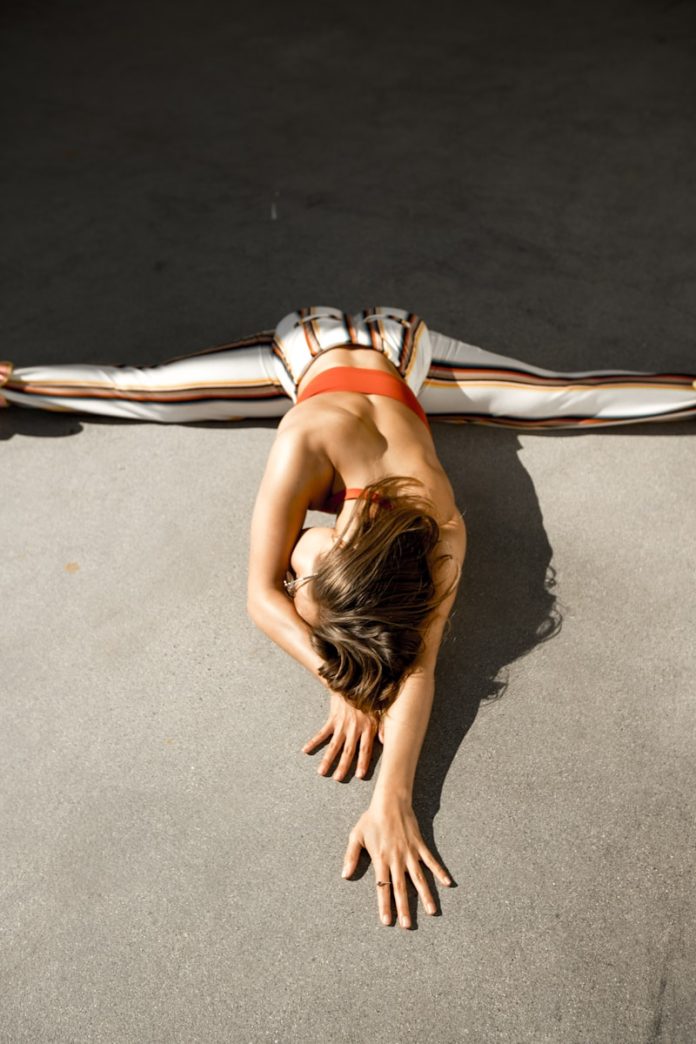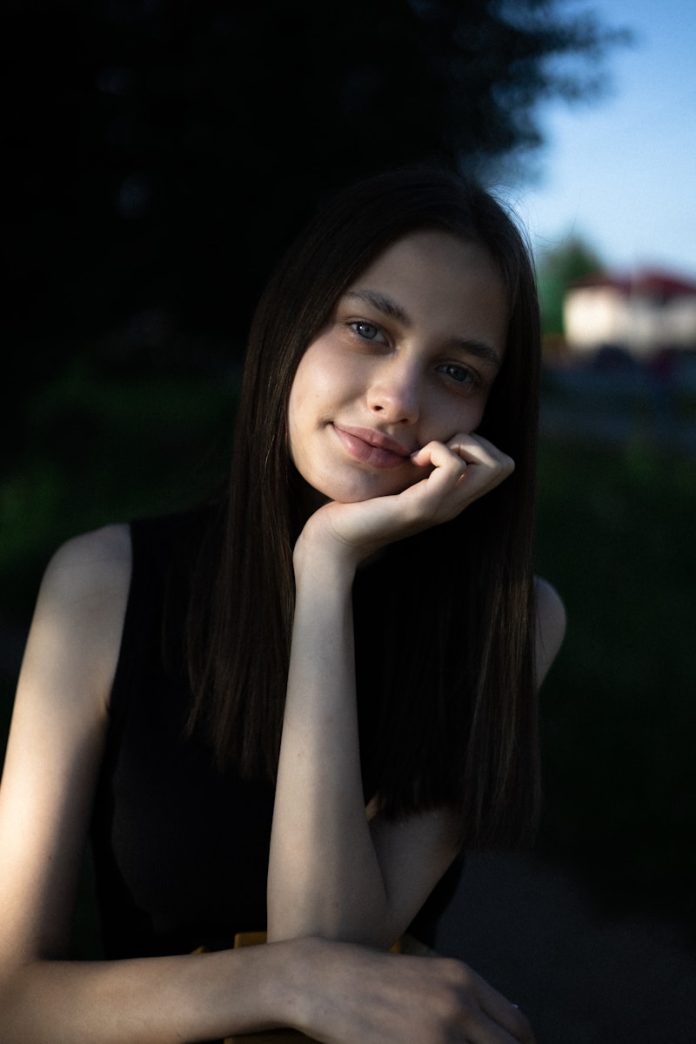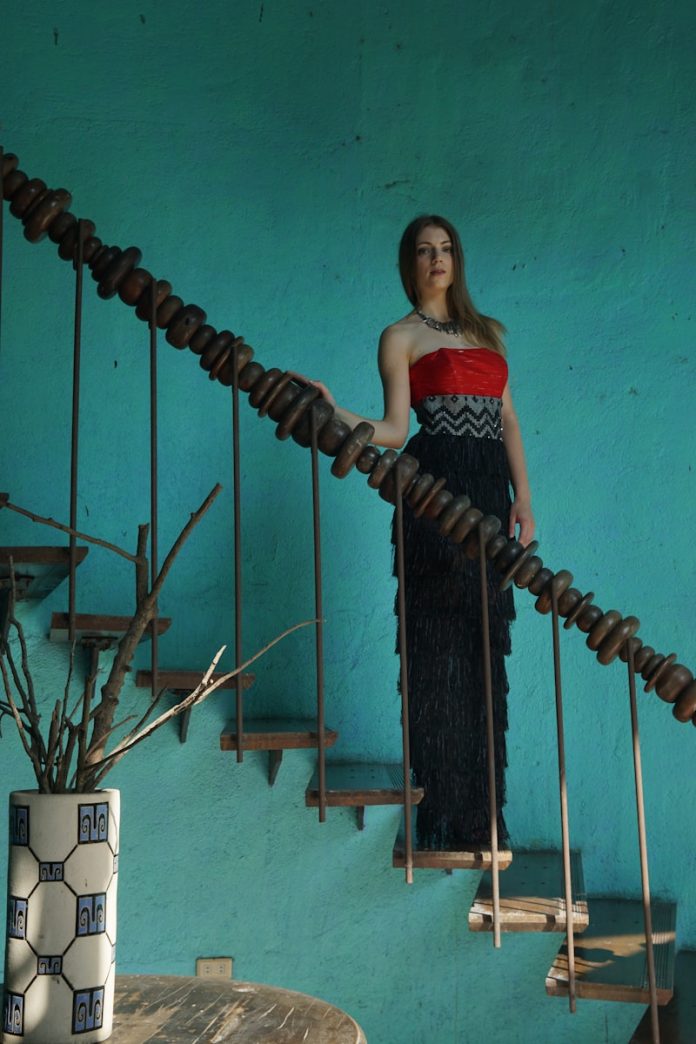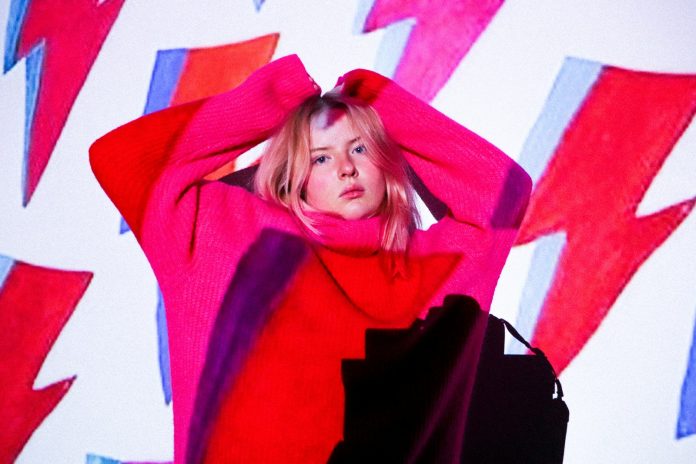In a world saturated with mass-produced clothing and uniform aesthetics, a new wave of expression is making its mark—one where fashion doesn’t just dress the body but transforms it into a canvas. This emerging movement, known as wearable art, is carving out a unique space in contemporary style. At the forefront of this evolution is a specific kind of bold, imaginative aesthetic: abstract design. Marrying the chaotic beauty of abstract art with the intimacy of personal fashion, abstract wearable art is not just a trend—it’s a declaration of individuality.
What makes abstract wearable art compelling isn’t just its visual impact. It’s the philosophy it carries: that clothing can be more than fabric, more than functionality. It can be emotion, energy, rebellion, and celebration. It can be a painting in motion. And in this world of expressive possibility, the abstract becomes the perfect language—nonlinear, vibrant, and alive.
This essay explores how the abstract wearable art trend is reshaping fashion, redefining personal identity, and reclaiming artistry in everyday life.
From Gallery Walls to Sidewalks: The Evolution of Wearable Art
Wearable art isn’t a brand-new concept. Artists like Elsa Schiaparelli in the 1930s and the avant-garde designers of the 1960s dabbled in blurring the boundaries between fashion and fine art. But the current revival is different. It’s less about shock value and more about emotional resonance. The modern era of wearable art is rooted in a desire for connection—between the self and the art, the viewer and the creator.
Abstract art in particular lends itself to this transformation beautifully. Abstract expressionism, with its roots in freedom, spontaneity, and emotion, reflects the inner world of the creator. When translated to fashion, it creates pieces that speak a different visual language—one that defies literal interpretation. This is why abstract wearable art has found such a powerful place in today’s aesthetic climate. It allows wearers to project something deeply personal without having to spell it out.
The street becomes the new gallery. The body becomes the canvas.
The Abstract Aesthetic: Beyond Pattern and Print
Abstract wearable art isn’t just about throwing paint on a dress or printing a Pollock-esque pattern onto fabric. It involves a thoughtful fusion of form, texture, movement, and concept. Designers experiment with asymmetrical cuts, mixed media materials, and unusual silhouettes to create garments that are sculptural as well as wearable.
Color plays a vital role here—bold swathes of pigment, clashes of unexpected palettes, or even monochromatic chaos. There are no rules, no defined motifs—just emotion and interpretation. One blouse may resemble a whirlwind of brushstrokes evoking chaos; another may channel serenity through minimalist shapes and soft gradients.
Texture also plays its part. Ruching, hand-stitching, embroidery, patchwork—these elements evoke the tactile quality of mixed-media paintings. When a jacket mimics the feeling of thick acrylic layers or a skirt sways like a ribbon of ink in water, the line between fashion and art dissolves.
Designers like Iris van Herpen, Rei Kawakubo of Comme des Garçons, and Issey Miyake have championed this boundary-blurring design ethos. While their work might lean toward high fashion and conceptual showcases, their influence has trickled down into streetwear and ready-to-wear lines, sparking a wider appreciation for abstract wearable aesthetics.
Fashion as Storytelling: A Personal, Emotional Experience
In an age when identity is celebrated in all its complexity, abstract wearable art gives people a way to express who they are beyond words. It offers an emotional mirror rather than a literal portrait. The meaning is open-ended, fluid, and subjective—just like identity itself.
When someone wears a garment covered in jagged lines, shifting color blocks, or seemingly chaotic patterns, they invite interpretation. The abstract becomes a conversation starter. Is it joy? Confusion? Freedom? Tension? The beauty lies in ambiguity.
For the wearer, this means freedom. There’s no need to conform to mainstream fashion archetypes. Instead of dressing to fit into a mold—preppy, edgy, romantic, minimalist—abstract wearable art allows the wearer to be undefinable. Each piece becomes an extension of their ever-changing self.
This intimacy with the garment transforms the act of dressing into storytelling. It’s not about following trends—it’s about saying something, even if that message is purely visceral.
Sustainability and Slow Fashion: Abstract as a Rebellion
Another reason abstract wearable art is gaining traction is its alignment with sustainability and slow fashion. Mass-produced garments often lack uniqueness and emotional value. Abstract wearable pieces, especially those handcrafted or one-of-a-kind, stand in sharp contrast. They are not meant to be disposable. They are meant to be kept, cherished, and worn with pride.
Many designers in this space embrace upcycling, hand-dyeing, painting, or repurposing materials. By doing so, they challenge the wastefulness of fast fashion. The imperfections and rawness in their creations are not flaws—they are fingerprints of authenticity. Much like abstract art, the irregularity is intentional. It speaks to the human touch.
For consumers, wearing abstract art becomes an act of rebellion against consumer culture. It’s a rejection of identical pieces churned out by global brands in favor of garments that tell a story, carry a soul, and reflect the time and effort of their creation.
The Role of Digital Platforms in Elevating the Movement
Instagram, TikTok, and Pinterest have become virtual runways for abstract wearable art. What once may have lived only in boutique galleries or independent fashion shows is now discoverable in seconds. Emerging designers, painters-turned-designers, and DIY artists have taken to these platforms to share their work, often modeling the garments themselves or styling them in expressive photo shoots.
This accessibility has democratized the concept of wearable art. It’s no longer exclusive to runway couture or high-end fashion collectors. Through platforms like Depop, Etsy, and Instagram Shops, wearable art can be bought, commissioned, or even learned.
DIY culture, inspired by the visual language of abstract expressionism, has also flourished. Tutorials on painting denim jackets, abstract bleaching techniques, or mixed-media embroidery have created a subculture of creators who blur the lines between designer and consumer.
In this sense, abstract wearable art is no longer just about the elite or the eccentric—it’s for anyone who wants to wear their creativity on their sleeve—literally.
Future Gazing: Where Do We Go from Here?
As wearable art continues to evolve, we can expect it to further intersect with technology and performance. Smart fabrics that change color or texture in response to stimuli might elevate abstract art to a dynamic, interactive experience. Imagine a dress that responds to mood or movement, translating the wearer’s emotions into shifting patterns.
Augmented reality (AR) and digital fashion also present new frontiers. Already, digital fashion brands are creating virtual garments that exist solely in the digital realm—allowing for hyper-experimental designs that defy the limitations of physical fabric. Abstract design thrives in this virtual space, where gravity, structure, and materiality can be reimagined.
But regardless of medium, the soul of abstract wearable art will likely remain the same: expression, freedom, and emotional truth.

